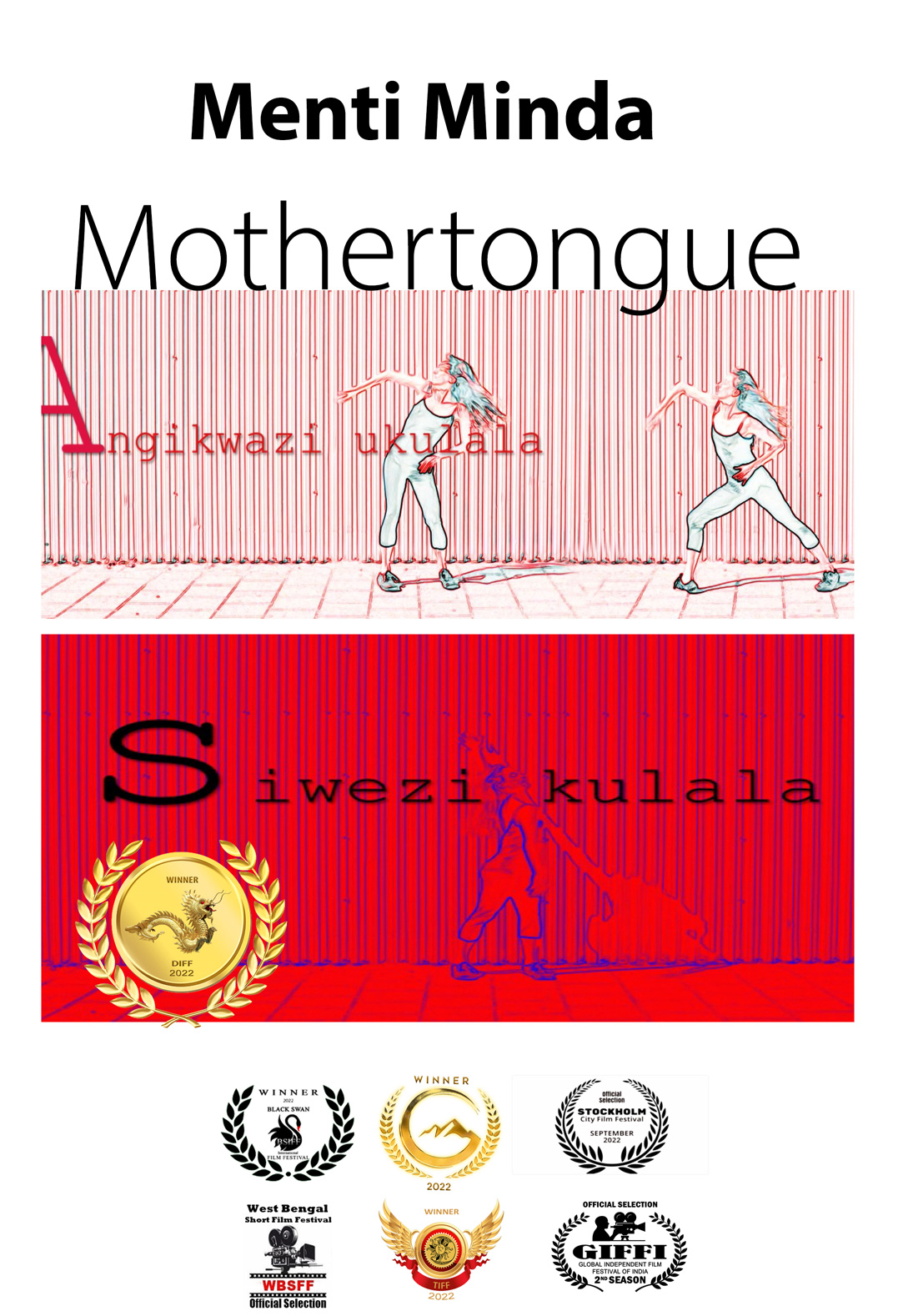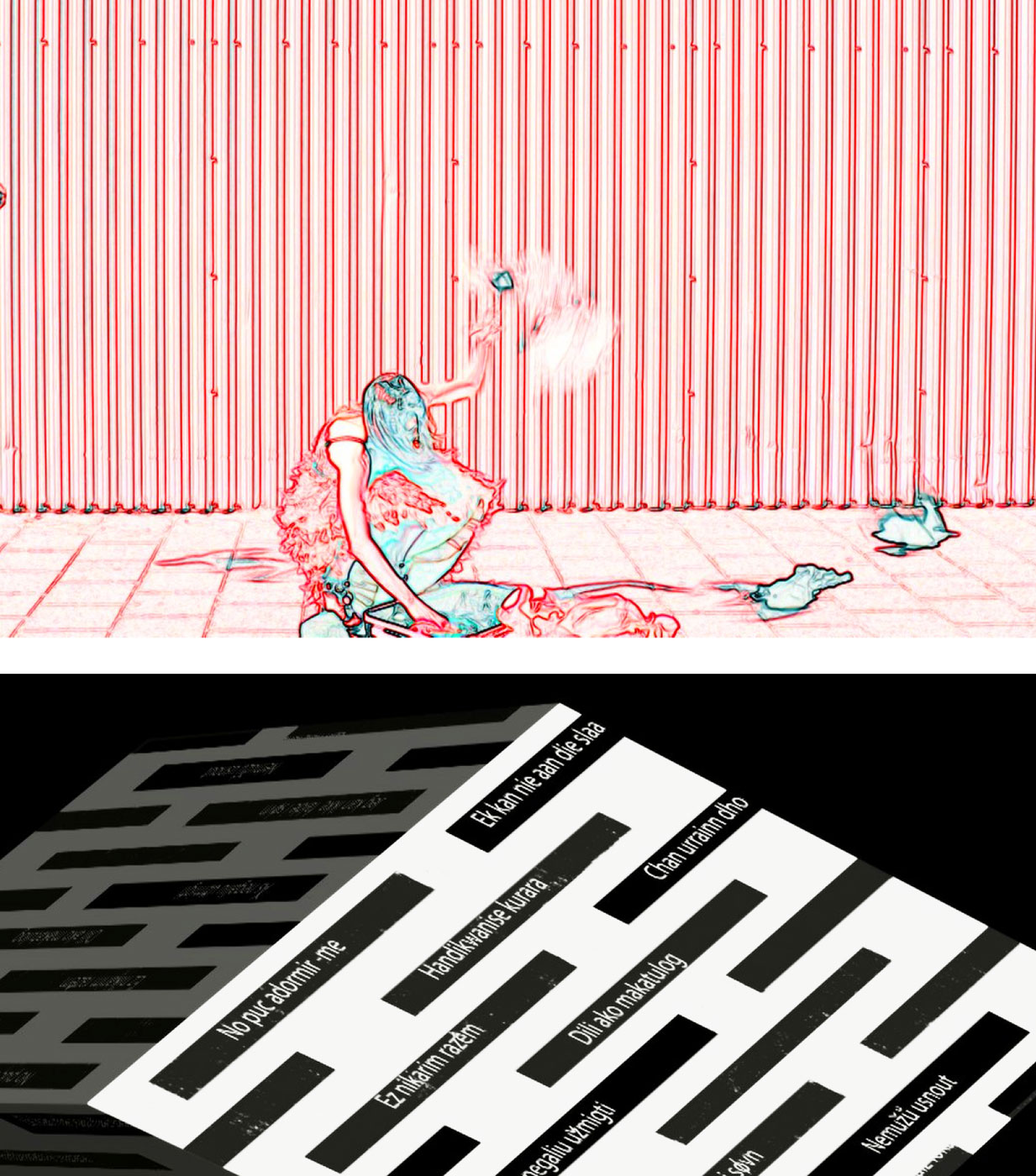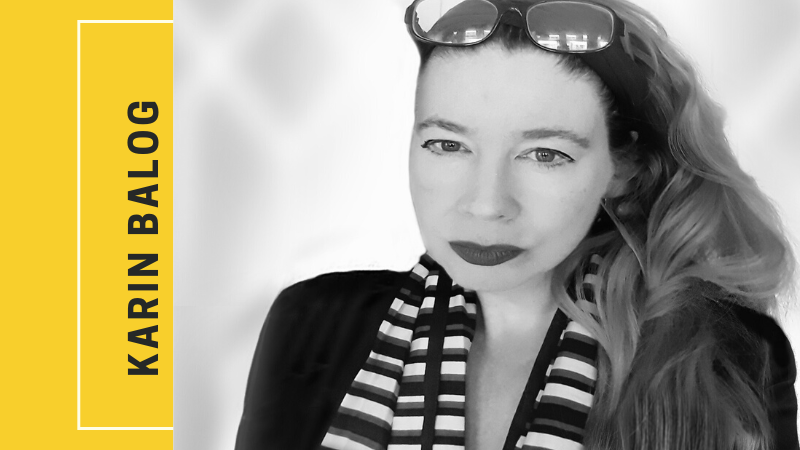Karin Balog
In recent years her focus is more on short films. Some of her work revolves around multi-cultural issues and identity. Other cross over disciplines such as dance and drawing are presented in a new editing schedule.
Photography and film are her passions. She exhibited with photo exhibitions in London (Selfridges) , Budapest and Amsterdam. Film screenings took place in Amsterdam, Stockholm and India. The experimental film Menti Minda Mothertongue was selected for the Stockholm City Film Festival and won some awards in India and Bhutan. For 2023 The film Errata in blue was the official selection for Nice in France: The Golden Giraffe International Film Festival.
Filmography
2005- VIP on earth
2019- 5 directions to my house
2021- Menti Minda Mothertongue
2022 –Errata in blue
Learn more about Karin
https://www.imdb.com/name/nm14556702/
www.karinbalog-art.nl
Interview with Karin Balog
1. Your project takes a part in our festival. What is your project about?
Its an experimental short art film with a professional dancer in graphic animation style. It has deeper layers because it is about migration, moving and starting over. A special beat was composed, with a hypnotizing voice on a sounds cape in many languages. It is also about day and night issues, travelling through time zones causes insomnia worldwide. One day we all can be the move, due to climate crisis or economy recession. Because languages travel with those inhabitants of the new area, a rewriting of geography seems to be going on in the world.

What are your ambitions with your project?
Because it is has universal topic, I am aiming to actually present it to many different cultures in- and outside of Europe, so worldwide to screen it, a sort of artistic exchange. It was already screening in various festivals in Amsterdam, Sweden, India and Bhutan, where I got some awards, so now I am more targeting Eastern Europe.
Tell us something about your shooting? What pleasantly surprised you?
The shooting of the dancer, mixed on this electric beat, worked very well when the shadow appeared, it was a very intense spotlight and the shadow turned into a graphic playful autonomous, unforeseen dimension.

For what group of spectators is your film targeted?
The target group is basically people in different cultures, I love to see photo’s of women in a sari dress watching my film. But I am also interested to work with choreographers and or people that own a club or organize a dance event. It has been picked up in North Carolina by Rogue Dancer Festival curated by Jennifer Scully-Thurston, a person who takes dancing productions to a new level, she writes about it and has a huge archive.
Why should distributors buy your film?
A good question. A starting point from the artist should never be the market but more the artistic urge. In art there is always a friction between the Avant-garde and the box-office success anyway. If someone is looking for a more positive, light version to introduce certain topics, this could be it. I’m also open for cooperation with theater companies, which work with beaming systems and projections. I am asked for a Frinch Festival in England. I will do some interviews about insomnia with visitors there as part of an interactive theatre event.

How would you specify your work? What characterizes your film?
It’s an experimental movie. I like to mix different disciplines. In this case drawing combined with film and dance. Also a play with the wind is in the film. My new film is also about elements as water and fire. There is always a power play in the world and the humble human without resources is trying to balance in between. Sometimes I work from the subconscious and later realize what triggered me and why images have to come together. This process takes time to crystallize, but this you need this time to develop the concept somehow.
Why did you decided to become a filmmaker?
My background is in photography and I was always looking at lights and compositions. I took a next step and made several films to challenge myself and find new, more exciting ways to create.
What motivated you to become a filmmaker?
My background is in photography and I was always looking at lights and compositions. I took a next step and made several films to challenge myself and find new, more exciting ways to create.
Who is your role model?
I am happy I have none. I believe we are all unique, but to get inspired by artists is always good. I like Edward Muybridge who did experimental scientific studies about movement. I also like Christian Boltanski. From modern times I am impressed by Nan Goldin.

Which movies are your favorites? Why?
I like surrealist films, but not science fiction. I like David Lynch and Nouvelle Vague Cinema. Mostly about bizarre things that can happen to ordinary people in daily live. If we stick to the topic of relocation my all time favorite would be Life of PI. A brilliant film and cinematography. A family tries to relocate but only one survives the journey.
Where do you look for inspiration for your films?
I see connections in certain phenomena’s in society or world economy and try to translate it into a film with new techniques. I like to do night walks as well, where you come across interesting scenes of day and night in a metro pole or a night train. There are also some happy news sites with bizarre but true stories about individuals. For now I don’t work on films with an actual plot. But stories about individuals can show a bigger picture, give inspirational situations.
Which topics interest you the
most?
Isolation / individual versus masses
What do you consider your greatest achievement in your career?
Having sold 20 photos to a museum for their collection and some awards in India
for this short film.
What do you
consider most important about filming?
Be open for serendipity, mistakes and accidents. The unexpected errors can give the most valuable extra dimension.

Which film
technique of shooting do you consider the best?
The quality of the lens and shooting angle is very important, as is the speed. Don’t be afraid of silence .The worst films are those where they put music to go from scene A to B, when it is not necessary.
How would you
rate/What is your opinion about current filmmaking?
A wonderful plot and great cinematography like exists in The Parasite from Korea blows me away, it has the same photographic quality as Hitchcock and Jim Jarmusch with camerawork of Robby Müller. For me less is more. Everything that is over the top with props, exhausting action movies with too much special effects, I find kitsch, even if it is a box office success. Of course this is all very personal and subjective.
What can
disappoint you in a movie?
Bad
styling and unnecessary music like occurs in some American films to add to a
scene.
Who supports you
in your film career?
Usually I support myself or I find a cooperation with exchanges of skills between industry professionals for credits.
What are the
reactions to your film? (opinion of spectators, film critics, friends and
family)
The reactions were enthusiastic; I had a try-out in an art gallery first, presenting other disciplines as well of artworks I made. People haven’t seen such an item before. I don’t fit in a box, so friends, colleagues and other dancers were surprised.
Have you already
visited any of the prestigious film festivals?
I have visited some festivals in London and been to the Stockholm International Film Festival, the IDFA in Amsterdam, Africa in the Picture, the World Cinema Amsterdam, the IFFR, and one in Arles, in France.
What are your
future plans in filmmaking carriere?
My latest film is called: Errata in blue. It got selected in Nice for the Golden Giraffe Film Festival for the bi-monthly selections beginning this year and I have been approached by some other festivals in Italy already. Again an experimental film about thermo-stress in a radical changing climate. It was included in an art project, to bring water to the desert. Most will be about changes in society and its developments. I am busy with concrete poetry projects (an art movement about getting words into abstract sound sculptures). I hope to experiment further with dance projects and movement projects in the future.

